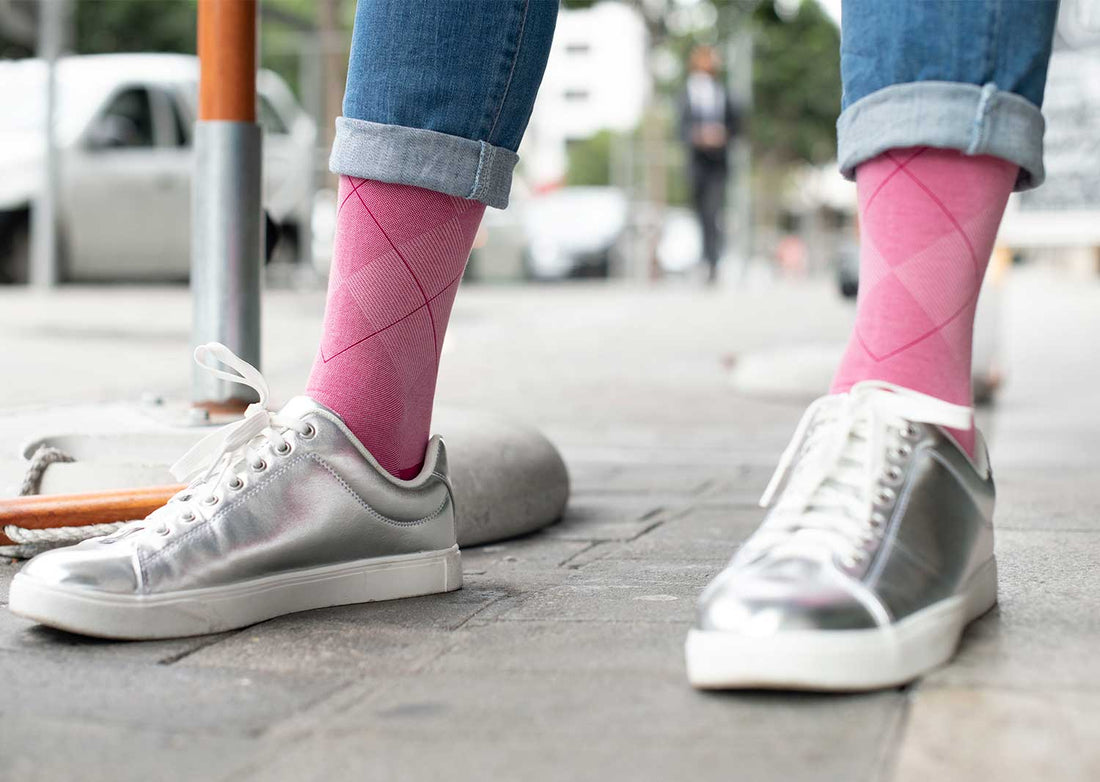Compression stockings or socks help ease various health issues such as upper and lower extremity Lymphedema, swelling, varicose veins, venous insufficiency, circulation issues, and other forms of edema. However, finding the proper compression levels for your needs can be confusing, especially if you're purchasing compression socks for the first time.
Note that there are different compression levels designed to help with different issues. If you've talked with your doctor, they should specify the perfect compression level for your needs. The standardized and popular compression levels include 15-20mmHg (over the counter), 20-30mmHg (medical class 1), 30-40mmHg (medical class 2), and 40-50mmHg (medical class 3).
In this blog post, we've put together various tips to help you find the right compression level for your compression stockings:
What is MMHG?
MMHG is a unit of measurement which stands for “millimeters of mercury "used to indicate the compression levels required for your compression stockings or socks. It's also used in measuring blood pressure.
Compression socks and MMHG
One of the critical aspects of finding the correct compression stocking for your needs is understanding various compressions levels denoted by MMHG. Different numbers indicate the graduated compression for your socks. In other words, the compression is most robust at the ankle and gets lighter up the leg to ensure adequate circulation of blood. Each compression level is designed to help ease different problems.
How to choose the right compression level for your compression stockings
The secret to gaining huge compression socks benefits is choosing the correct compression levels. Here are the standard and commonly used compression levels to determine your needs:
-
15-20mmHg: This compression level is perfect for daily wear, sports, or travel. They help enhance adequate blood circulation and are firm but not too tight.
-
20-30mmHg: This is a mid-range compression level that most doctors prescribe to their patients. It's used to treat various issues, including deep vein thrombosis, varicose veins, post-surgery, and moderate edema.
-
30-40mmHg:The medical class 2 compression level is excellent for severe varicose veins, edema, deep vein thrombosis, and all other conditions we've described in the above compression levels. Also, doctors prescribe this compression level post-sclerotherapy to ease active venous stasis ulcers.
-
40-50mmHg: This powerful compression level requires you to consult your doctor about compression stockings and your health.It’s great for wound management, lymphedema, and severe venous stasis.
Verdict
People with common health issues, including achiness, tiredness, swelling, and mild varicose problems, can purchase the 15-20mmHg compression socks without a prescription from the doctor. However, patients should consult with their doctor to know whether they need compression socks for more severe conditions. Even more important, the doctor will be able to tell you the perfect compression level for your needs.
If you’re still confused about the right compression level for your needs, don’t hesitate to contact us to assist you. We'll consider your needs and recommend an excellent compression level that will relieve your issues and enable you to feel healthy, energized, and happy again.

